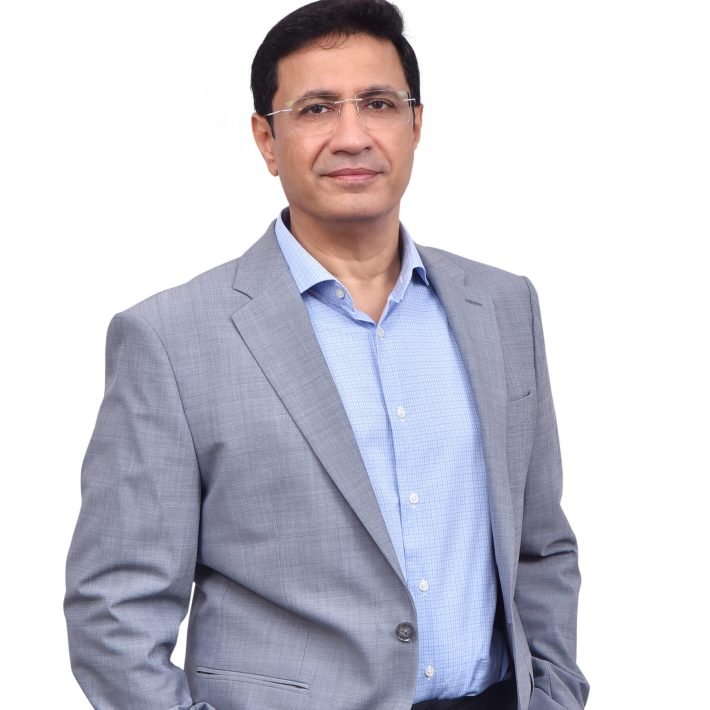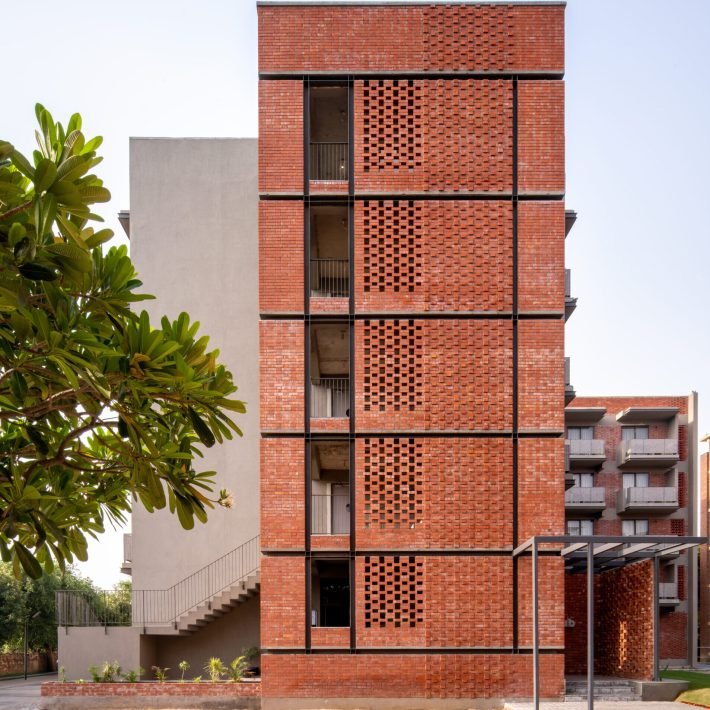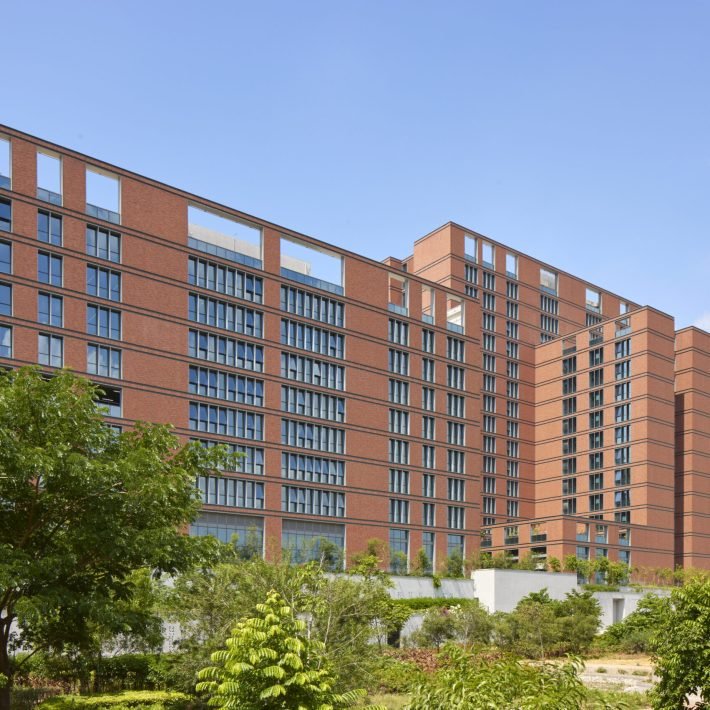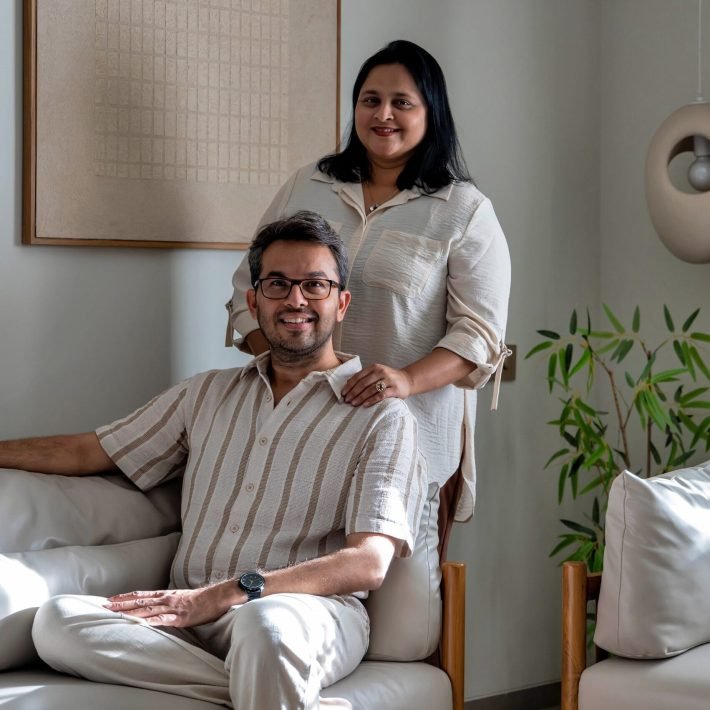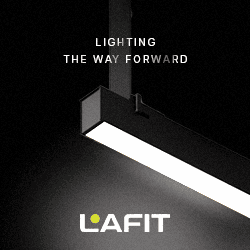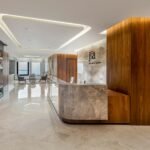Brandon Liu, Regional APAC Design Leader at CBRE Design Collective and Director of WOLF, is renowned for pushing the boundaries of workplace design. With 18 years of experience managing over 10 million sq. ft. of commercial space, he has worked with top clients like AXA, Unilever, Novartis, DBS India, Cargill, and Philip Morris. His expertise ensures engaging, productive, and innovative design solutions that elevate both function and aesthetics in the workplace. In an exclusive interview with Society Interiors and Design he discusses global trends and sustainable practices being integrated into commercial real estate design.

What are the most significant global trends in commercial real estate design that are currently shaping the industry?
Commercial real estate design experienced a paradigm shift over the past few years, driven by the changing market dynamics and occupier preferences. One of the key trends that is influencing the industry is the increased focus on end-user experience. For example, if we talk about Grade-A office assets, experiential designs are redefining the spaces. This can be achieved through an integrated design process that smartly incorporates elements such as agile layout, biophilic design, branded design, and an amenity-rich workspace. Occupancy planning is an important part of the global design trend that harvests space data & insights to arrive at strategic decisions and increase the efficiency of the available square footage. Another notable global trend that is shaping the industry is the focus on elevated holistic experience. By exploring placemaking opportunities that span across design, planning and space management, developers are following a three-pronged approach to drive transformation on ecosystem level, cluster level and building level.
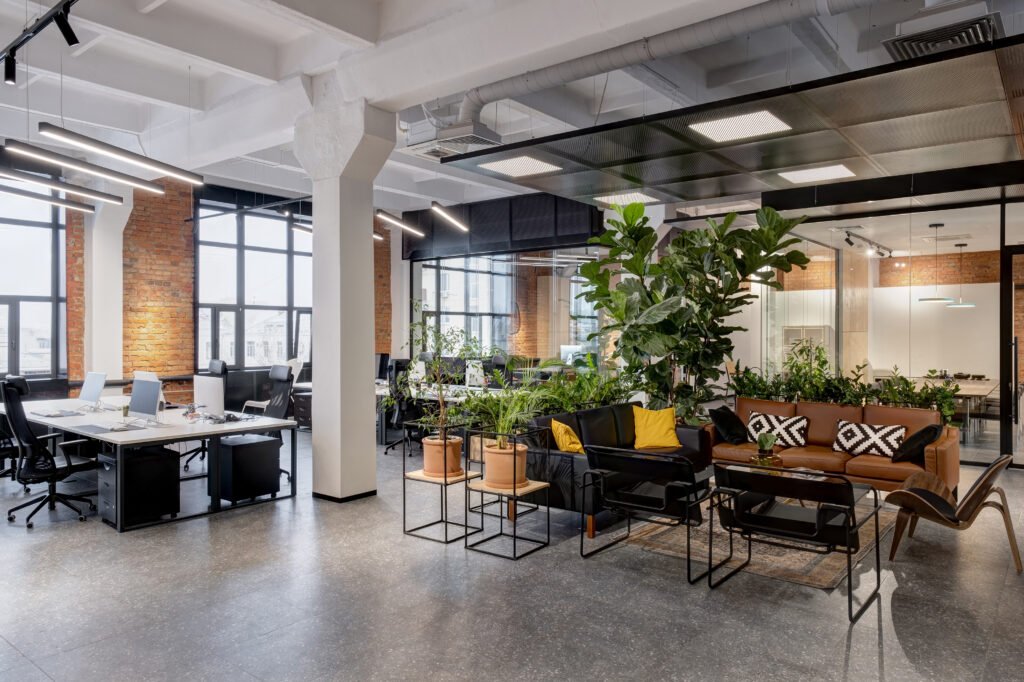
How have these global trends been adopted or adapted in the Indian market?
India boasts the presence of global MNCs and is emerging as the preferred destination for established players across industries. CBRE’s 2024 Office Occupier Survey revealed that approximately 67% of Global Capability Centres (GCCs) intend to increase their office portfolios within the next 2 years. With this as a backdrop, there is a preference for high-quality, technology-driven workspaces among the global occupiers. To complement this strategic focus, developers are proactively adopting global trends and design best practices. Besides, the ways we used to work, live and play have changed immensely, and the new generation are more inclined towards experiences. To meet these changing needs, developers are adopting global design trends to create future-ready and agile spaces.
What are the emerging trends and predictions for the future of workplace design?
The future of workplace design holds infinite possibilities, and the constant innovation in the domain is a testament to this. As far as emerging trends are concerned, modern workplace designs are focussing more on enhancing and elevating employee experiences. Today’s workplaces are not just dull offices studded with cubicles, but spaces that inspire, motivate and nurture individual and collective growth. The emerging design trends are reimagining workplaces by creating equitable experiences, focusing on user journeys and by adopting placemaking and hospitality centric user experiences. By creating stand-out supportive, immersive, and enjoyable infrastructure, modern workplaces are creating a robust foundation for sustained productivity. Another emerging trend that is influencing the future of workplace design is adherence to compliance and best practices to create sustainable and environment friendly spaces.
How do you see the role of flexible and hybrid work environments evolving in the coming years?
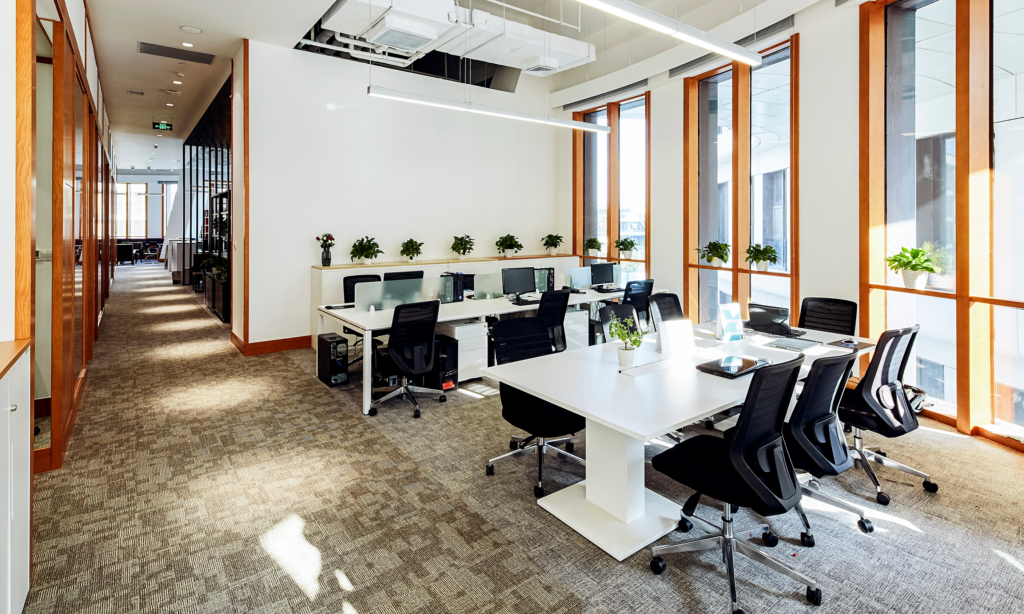
While hybrid working continues to be prevalent, occupiers are looking to increasingly adopt a stance on bringing employees back to office. As per a 2024 survey by CBRE, 90% of the respondents preferred working from office at least 3-4 days a week. The study further revealed that 75%-80% of the technology & BFSI companies indicated a stronger preference for more days per week in office. While physical occupancies are increasing, the hybrid work culture is here to stay and the need to create a differentiated in-office experience is becoming more relevant.
How are sustainable practices being integrated into commercial real estate design?
Sustainability is a common theme within the current commercial real estate landscape and developers are actively adopting best-practices into the design aspects as well. With conversations around sustainable business practices, resource management, social responsibility, and environmental impact, businesses are now more aligned towards their net-zero objectives. The evolving understanding of sustainability is compelling businesses to rethink and redesign workspaces. As a result, developers are creating assets that are green-certified and compliant, by adding sustainable features and provisions in their core design language. By integrating features like smart façade, energy-saving tech and green spaces, commercial real estate design is fostering a truly eco-conscious ecosystem.
What advanced technologies are currently being utilized in commercial real estate design, and how do they enhance the functionality and sustainability of these spaces?
Technology has become the cornerstone of excellence when it comes to commercial real estate design. While commercial real estate design is focussing more on experience and engagement, use of automated tech infused with AI & ML features are on the rise. This is not only enhancing the overall user experience but also promoting efficiency in terms of smart resource management, waste disposal, energy savings and recycling. Smart & interactive tech are creating a robust foundation, fostering a sustainable environment.
Can you share any notable success stories or case studies from India or globally that highlight innovative commercial real estate design?
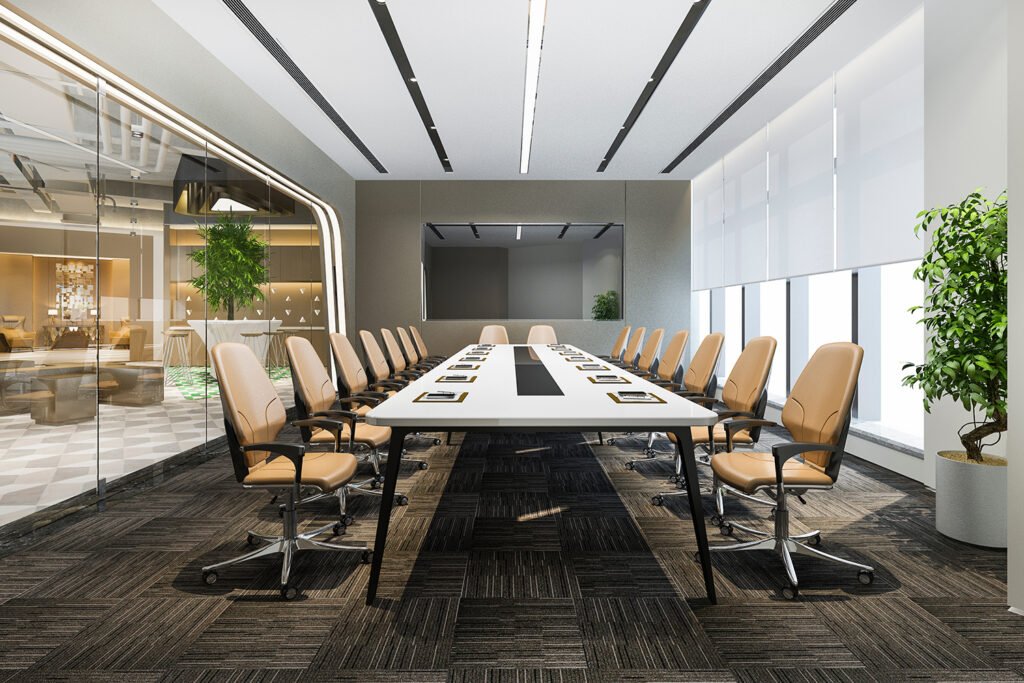
We undertook a project for a prominent BFSI occupier to design their campuses in Mumbai and Bengaluru. We designed the campuses by incorporating the highest standards of design practices and smartly blended aesthetics and functionality, to create unique experiences.
How have these projects demonstrated the impact of thoughtful design on business outcomes and user experience?
We designed the campuses to adapt to the future of work and foster teamwork and collaboration. In each facility we incorporated experiential meeting spaces, including modern conferencing rooms, innovation labs, work cafes and game rooms. Besides, we created areas where employees have access to best-in-class wellness experiences. From natural lighting to biophilic design elements, the space was designed to positively impact on both business outcomes and user experience.



